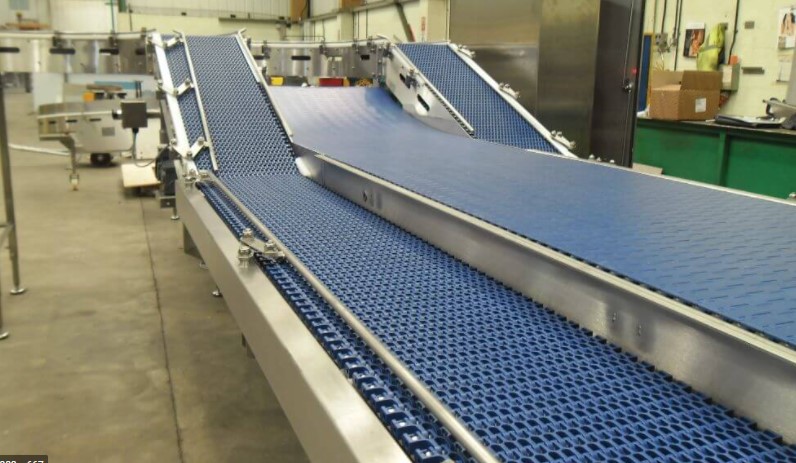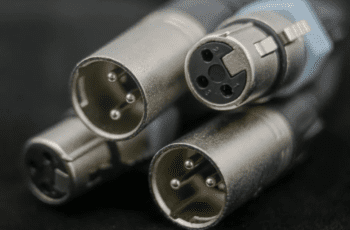How to Choose the Best Conveyor Belt for Your Sewing Business
One of the most important and essential parts of any sewing business is the conveyor belt, but picking a good one can be a daunting task. In this article, we’ll take a look at the different types of fabric conveyor belts and what each type’s characteristics are to help you make a more informed decision about which one is best for your specific needs.
If you’re looking for a conveyor belt for your fabric business, this article is for you. It provides an overview of the two main types: electric and belt-driven. Learn about their pros and cons, read tips from industry experts, and see a list of the best models to suit your needs.
How to choose the Best Conveyor Belt for Your Sewing Business?
Choosing the right conveyor belt for your business is important. You may not think that a conveyor belt is something you would need as a sewing business. In fact, there are only a few reasons why you should use one in your business. The most important reason, however, is to avoid material being dragged all over the floor. Different types of belts are available in the market today and each comes with different benefits. In order to select the best one, it is important to consider the following factors-
Type: Rubber, steel, or plastic
Speed: The speed at which the belt moves
Transport width: Width of belt that can transport the material
Diameter of belt: Diameter of belt
Benefits of Using a Quality Fabric Conveyor Belt In Sewing Business
A quality fabric conveyor belt can be an excellent addition to your sewing business. As the machines move along, they will feed the fabric through a series of rollers. This helps reduce wrinkling and bunching up and also offers a smooth even passing of fabric from machine to machine. There are many benefits when choosing a conveyor belt for your sewing business.
A quality fabric conveyor belt is not only going to last longer, but it will also provide safety, productivity, and efficiency in the workplace. A high-quality fabric belt with proper belts, bearings, and drive mechanisms will provide you with better customer service. If your business has a sewing department, then you know how important it is to have the right equipment. Having the right conveyor belt can help increase productivity and can even save money!
A quality fabric conveyor belt will make sure that your workers have a safe and smooth workspace. Plus, when you decide to invest in a conveyor belt, you won’t be spending a lot of money because they are oftentimes less expensive than other types of equipment.
What Types of Conveyor Belts are Available?
Conveyor belts can make the production process of your sewing business more efficient. So you’ll want to choose a conveyor belt that’s suitable for your specific needs. A conveyor belt should be heavy-duty, durable, and easy to clean. Avoid cheap, flimsy fabric or plastic belts that will wear out in a few months.
When it comes to choosing the right conveyor belt for your business, there are many different options available. Cotton, polyester, nylon, rubber – they all have their own benefits. For example, nylon is cheaper than other types of belts and doesn’t stretch out as much over time.
Selection Process
When selecting a conveyor belt, take into account the size of the company, how much business you’ll be bringing in, and how long a belt will last. Determine your budget for each option of belts and find the one that works best for you. When choosing a conveyor belt, remember that the amount of weight is just one factor to consider.
You also need to think about how you will use your conveyor belt, whether it will be used on a production line or simply around the shop. For example, if you’ll be using heavier-duty sewing machines and heavy-duty pressers, consider getting a bigger conveyor belt with reinforcing in the middle if needed.
Conclusion
A conveyor belt is a tool used to speed up the process of manufacturing. There are three types of conveyor belts that are commonly used in sewing factories, including surface-directing belts, belt conveyors, and laterally directed belts. The main advantage of using a belt conveyor system is that it reduces the need for manual handling by workers. This can significantly reduce the risk of injuries at your company.




